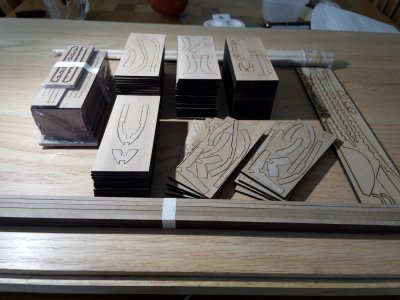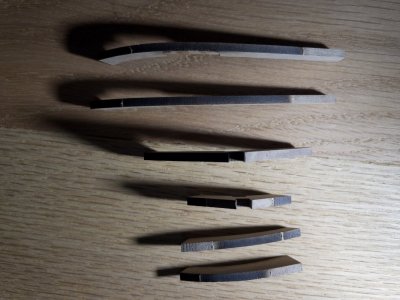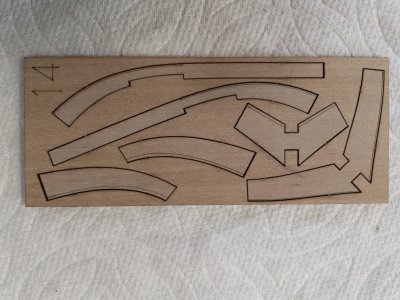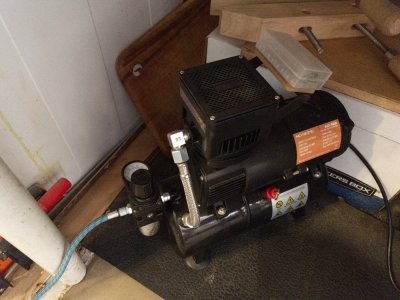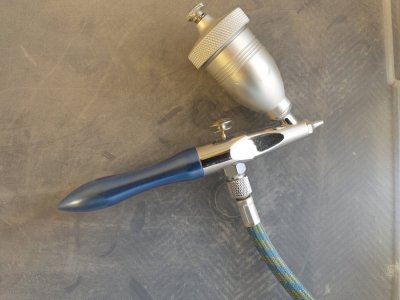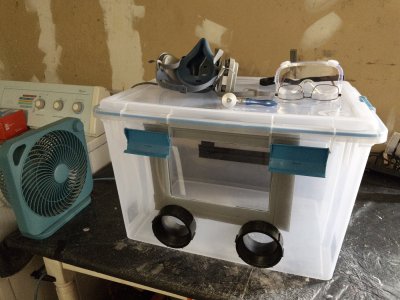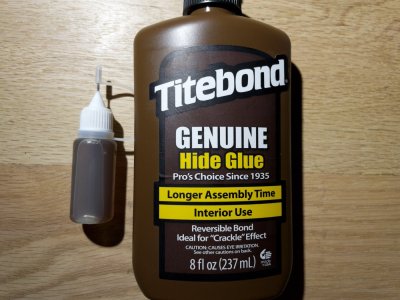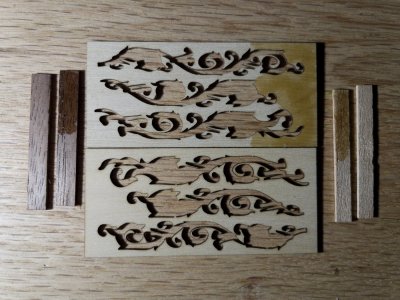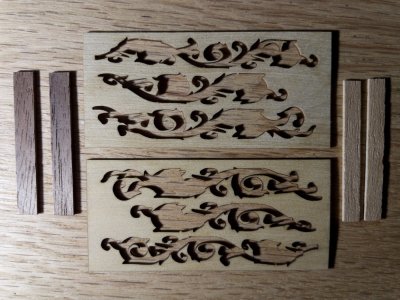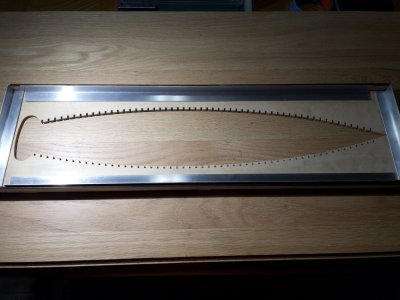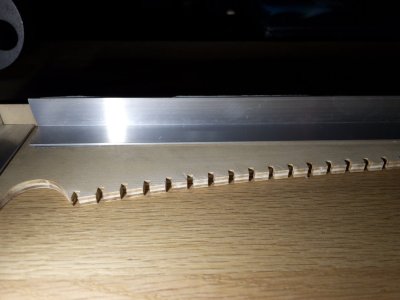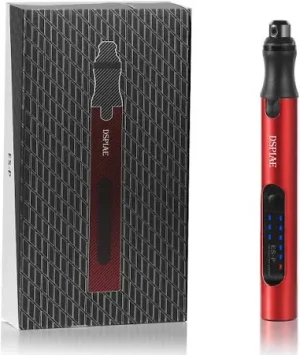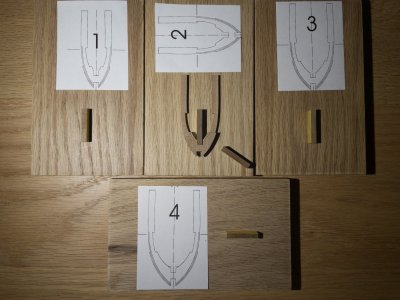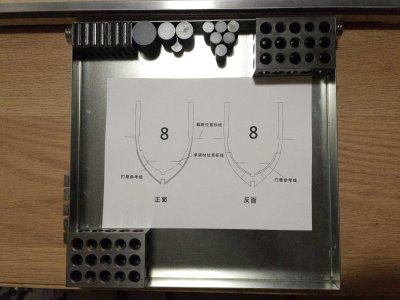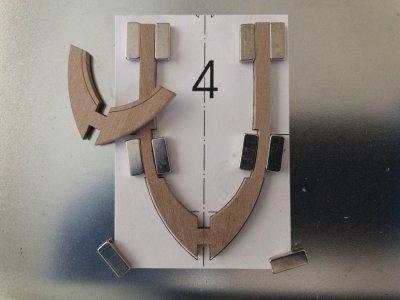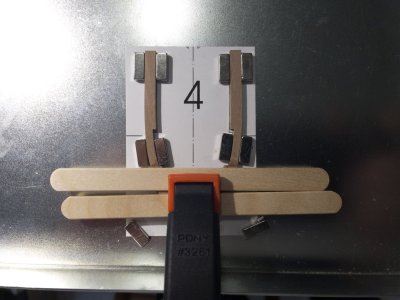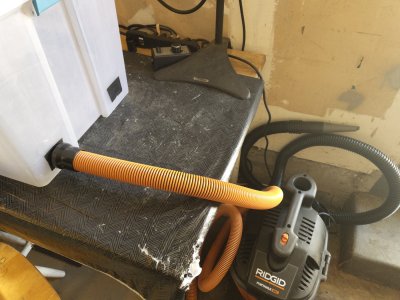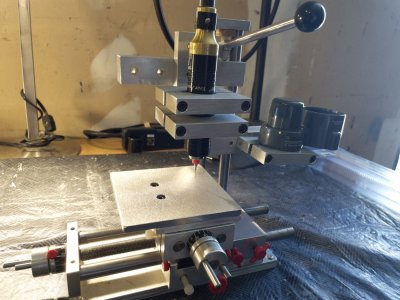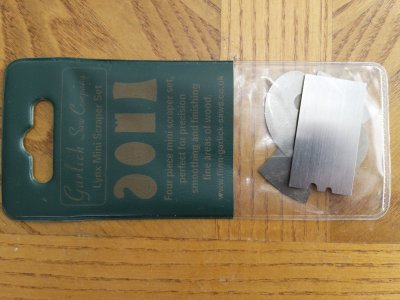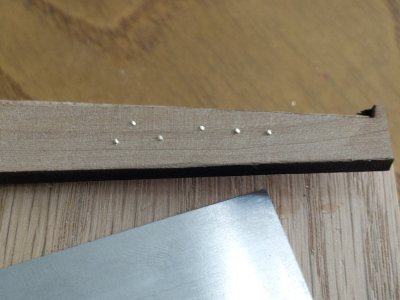- Joined
- Jul 11, 2023
- Messages
- 277
- Points
- 168

Greeting all, I can finally get around building the magnificent Bluenose. This will be a first for me in many areas. First, POF kit with focus on the ribs and internal structures. Second, as partial build of the more detailed cabin and Fish-hold. You get it Peter Voogt' log will be a great inspiration. If I can achieve 1/2 of what (and many others) have done, I will be happy. Lastly, I still thinking on how to modify the kit to display those details. Still don't really know what I will do... but one thing first: get the build going.
Let me first start with an introduction.
I don't know in many already have discovered it but there is a virtual tour of the Bluenose II available online. You can visit and virtually walk around above and below deck, as well as the wharf area. Nice to have... here the link
Bluenose II virtual tour
Lastly the Bluenose II by LB Jenson (1994). I have seen it referred quite a few times. It was a little bit difficult to find in the US... but a used book is underway (still in transit).

Let me first start with an introduction.
I don't know in many already have discovered it but there is a virtual tour of the Bluenose II available online. You can visit and virtually walk around above and below deck, as well as the wharf area. Nice to have... here the link
Bluenose II virtual tour
Lastly the Bluenose II by LB Jenson (1994). I have seen it referred quite a few times. It was a little bit difficult to find in the US... but a used book is underway (still in transit).

Last edited:



